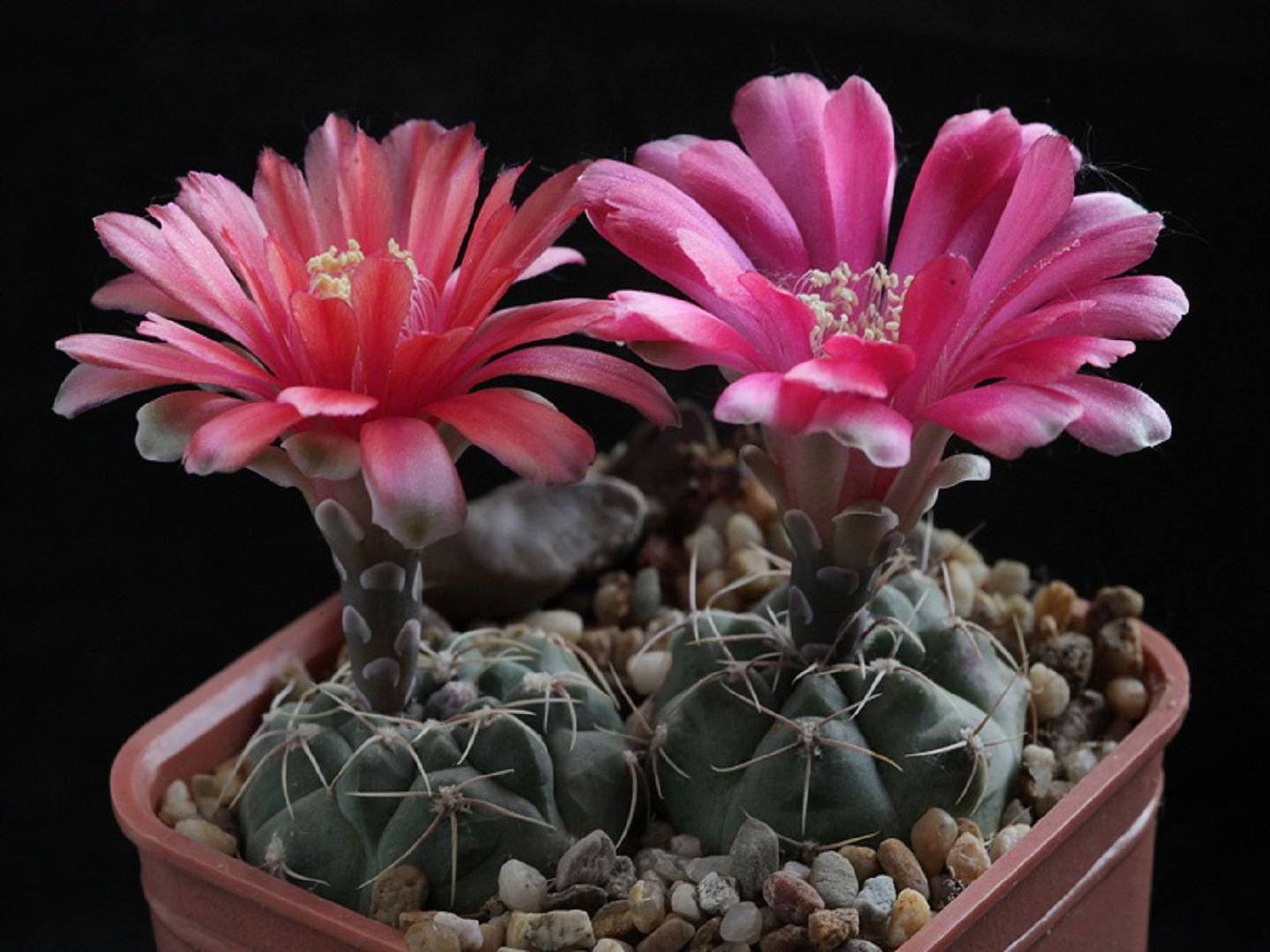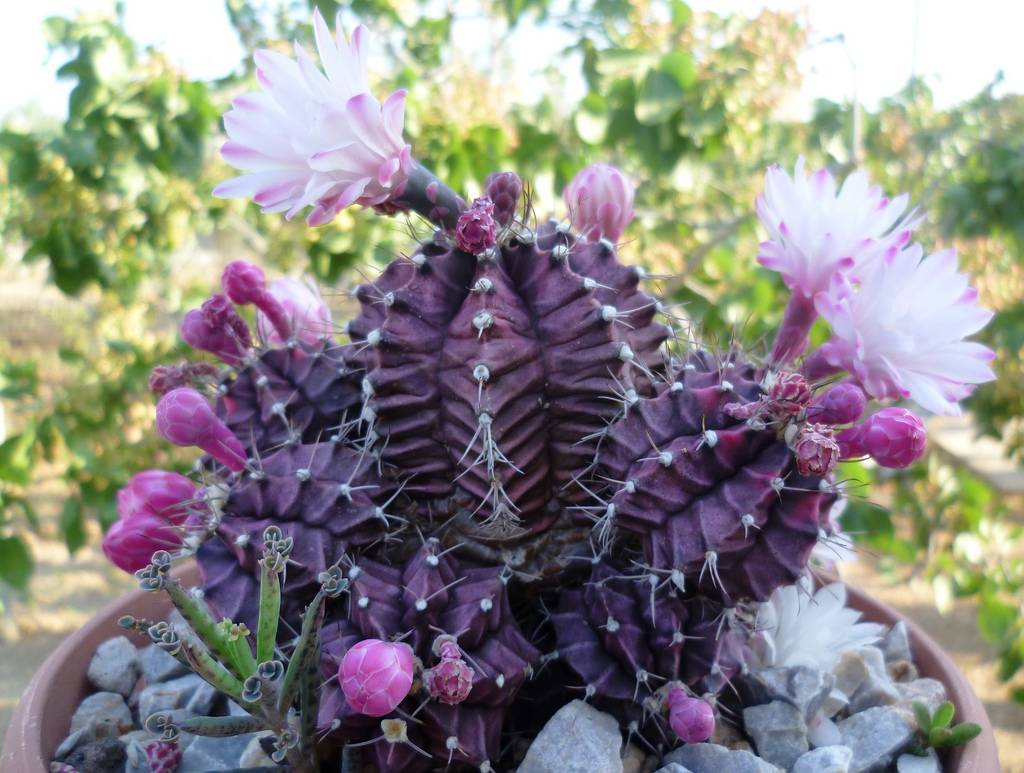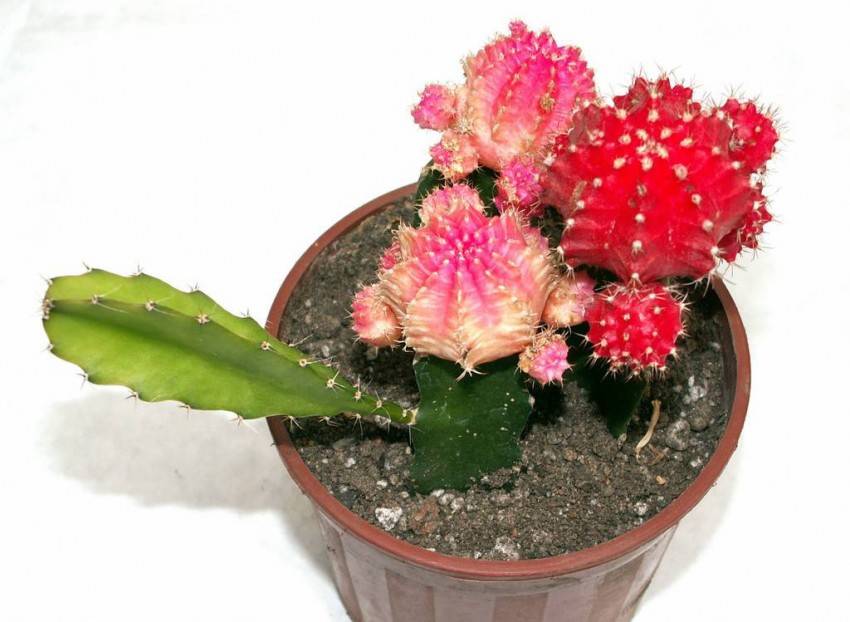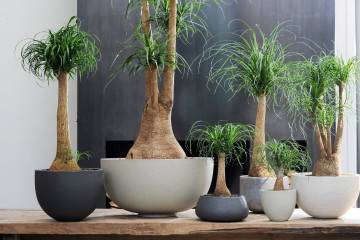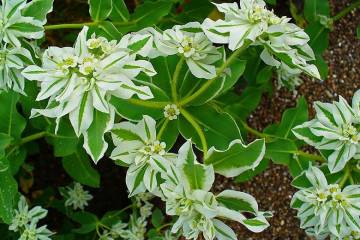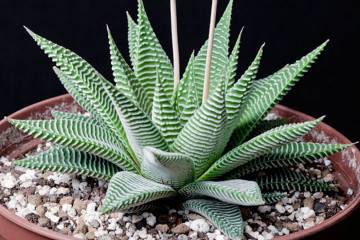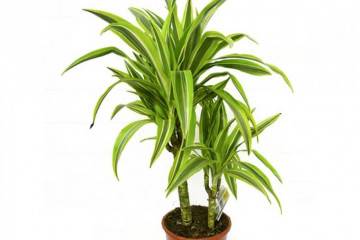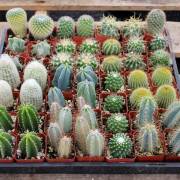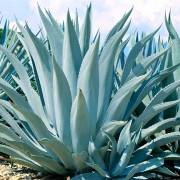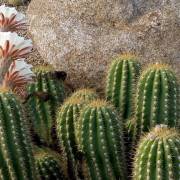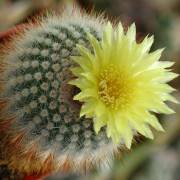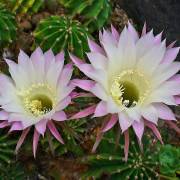Gymnocalycium: mix and other popular plant species and cactus care at home
Content:
Delightful thorny crumbs native to South America (Argentina, Brazil, Uruguay). With a variety of shades of buds, shapes and sizes of stems, no other culture can compare with them. Hobbyists often grow different species in the same container. Fortunately, the size of the plant allows it.
Types and varieties of hymnocalycium
The most popular are 15 types of hymnocalycium. They all grow well in indoor conditions. It is easy and pleasant to look after them. Their health is not interfered with by the neighborhood with any other house plants. Until the moment of flowering, many of them are very similar to each other. Only by the buds can you determine the belonging to one or another variety.
Gymnocalycium mix
Gymnocalycium mix is not a tall spherical plant. Cacti of the same shape and size bloom in flowers of different shades. Therefore, lovers of these plants often plant them in one container. By selecting them according to the color of the buds, you can make various compositions.
Gymnokalycium Mikhanovich
The most popular variety among cacti is Mikhanovich's hymnocalycium (Gymnocalycium mihanovichii). The gray-green trunk and its branches are divided by three longitudinal ribs. Long (up to 1 cm) spines enclose the ridges of the ribs. The buds are found in white and pearl pink (sometimes red, yellow, orange). The flower tube grows up to 6-8 cm in length, and the opened bud is 5-6 cm in diameter.
Gymnocalycium Reductum
Gymnocalycium Reductum or humpback cactus is a rather large plant. It differs from other varieties in that the shape of the stem changes with age. It can stretch up to 0.5 meters in height. The entire surface of the ribbed stem is covered with straight spines. The spines are long, even, except for the central one. It is much longer than the others. The buds of the humpback cactus are beige.
Gymnocalycium Baldianum
Gymnocalycium baldianum or Bald's hymnocalycium enchants with purple buds. Gymnocalycium Baldianum blooms in early spring. Its branches are dirty green, with a bluish bloom.
Gymnocalycium nude
Gymnocalycium nude is called so because of the absence of thorns on the branches. Rather, they are, but in very small quantities. The polished, emerald stem grows to a maximum of 8 cm.
Horst Gymnocalycium
The shape of this cactus resembles a flattened ball. The color of the stem is dense green, ribbed. Ribs (4-6 pcs.) Are covered with short yellow spines. Flowers appear in the second half of May. The buds are pink-lilac, with light stripes in the middle of the bud.
Other types
Such types of hymnocalycium are no less in demand, such as:
- Gymnocalycium friedrichii. It is called Little Red Riding Hood because of the color of the stems. They come in all shades of brown and burgundy as they contain little chlorophyll.
- Gymnocalycium is Japanese. This is a variation of Friedrich's hymnocalycium. Chlorophyll is completely absent in cactus stems. Therefore, the plant has a bright yellow or red color. It is often grafted onto green crops.
- Gymnocalycium Andre. The view looks beautiful in group plantings. The cactus is distinguished by dense inflorescences of small golden buds.
- Gymnocalycium tiny - ultra-dwarf variety. The diameter of the plant's body does not exceed 3 cm. The flowers are rather large. The dimensions of the snow-white buds (together with the tube) reach 6 cm in diameter.
- Gymnocalycium Sallo. This variety is one of the largest. The body of the plant has the shape of a ball, dotted with many tubercles. A distinctive feature of the species is the originality of the thorns. They grow in bunches and bend. The flowers are also very nice. Pearl pink and snow-white buds are large and keep fresh for a long time.
Not very common, but no less beautiful varieties:
- Gymnocalycium bruchii);
- Gymnocalycium quehlianum;
- Amerhauser's hymnocalycium (Gymnocalycium amerhauseri);
- Gymnocalycium cardenasianum.
Gymnocalycium: home care
Gymnocalycium is the most unpretentious plant. Home care for the Gymnocalycium Mix is more than simple. He will not suffer much even if you forget about him for a long time. It tolerates dry and humid air equally well. As a houseplant, the cactus is ideal for beginner growers.
However, there are some rules to follow for your pet to feel good. First of all, one must remember that culture does not tolerate overflow. Abundant watering is required only after the top layer has dried, but the water from the pallet must certainly be drained. In the heat, it is required to water the plant every other day. The water should be warm and settled, at least for a couple of days.
After flowering, a dormant period begins for the culture. At this time, watering practically stops. For the whole season, it is enough to moisten the soil 3-4 times.
Another condition for preserving the decorative effect of the bush is the observance of the temperature regime at home. The optimum temperature for the culture will be in the range of + 15-18 degrees. At the same time, the cactus can withstand a short-term cold snap up to -5 degrees.
There is one subtlety in breeding cacti. For optimal development, the flower must be planted in a cramped pot. The roots may even touch its walls. For the same reason, frequent transplants are not indicated for the culture. For an adult plant, one transplant in 3-4 years is enough.
It is important to follow the sequence of actions when transplanting:
- The flower is pulled out of the pot.
- Released from old soil.
- The revision of the root system is being carried out.
- The whole plant is washed with hot running water.
- Stays in place for a couple of days to dry.
- It is planted in new soil.
Diseases and pests
Cacti have pretty good immunity, but sometimes they are also attacked by pests and diseases. Red ticks are dangerous for hymnocalycium. In the absence of other food, they happily eat juicy cactus stalks. Young plants are especially fond of. Due to the small size of the pests, it is impossible to see, but their presence is betrayed by reddish stains. If such traces are found, the plant is urgently washed under running water and wiped with alcohol.
Occasionally a mealybug attacks a cactus. This pest is able to suck out all the juice from the stems in a short time. The cactus may die. The presence of the worm can be understood by the light web. The plant can only be saved by treatment with insecticides.
Of the diseases, root rot is the most dangerous. It appears when the plant is overflowing. To save a flower, it will have to be taken out of the pot, rinsed, cleaned of affected parts, dried, transplanted into new soil.
Soil and top dressing
Gymnocalycium requires loose soil. This can be achieved if you independently prepare a soil mixture from:
- peat;
- sand;
- charcoal.
The bottom of the pot must be covered with expanded clay.
The level of soil acidity is very important for the culture. For good development, the flower requires a neutral or slightly acidic. For beginner growers, it will be easier to use a ready-made soil mixture. Balanced formulations are always on sale.
Of the fertilizers, only mineral compositions are suitable for cacti. Organics are strictly contraindicated. There are several types of special fertilizers for succulents on sale. During the active growing season, the flower should be fertilized every two weeks. During the rest period, feeding should be stopped altogether.
Lighting and temperature
In their natural environment, cacti survive well in dry heat and bright sun. They perfectly withstand +30 degrees, feel great at +15. Can survive at -5 degrees. However, it will be correct to shade the plant from the midday sun, since sometimes sunburn occurs.
At home, cacti need to create conditions that are as close to natural as possible. That is, put the pots in the sunniest places. If the sun is not enough, then lengthen the daylight hours by highlighting. This is especially important during the flowering period. Then it will be longer.
As soon as the flower drops the last buds, the pot needs to be moved to a cooler place and forgot about it a little. Before the onset of the next season, the plant gradually becomes accustomed to an increase in temperature and light.
Flowering hymnocalycium
The flowering of the hymnocalycium is mesmerizing. Depending on the variety, the size of the buds ranges from 2 to 30 cm. The shape of the flower resembles a funnel (or a gramophone). The petals are wide, with sharp ends. The colors are very different, but the shades of the petals are light. There are snow-white, golden, pearl pink, bright scarlet, light green.
Cacti begin to bloom at the age of 2-3 years. The plant continues to bloom from spring to autumn (April-September). The bud opens at the end of the flower tube. The tubule and petals are completely free of thorns. On this basis, the cactus was named gymnos (gymnos), which means "naked", and calicium (calycium) is a "tube". Withering, the flower forms a box with seeds.
Interesting! The buds close at night to open up in all their glory in the morning.
Breeding options
The hymnocalycium cactus can be grown in two ways. The first method is seed propagation. So you can grow more hardy seedlings. For better germination, seeds should be sown on fine-structured soil and placed under a film, that is, create a greenhouse effect. For germination of seed, it is enough to comply with two conditions. This is a temperature of about + 20 degrees and constant soil moisture. You can breed a cactus with seeds all year round.
In a year, the young flower will be ready to be transplanted into an individual pot.
The second way to breed new cacti is by lateral shoots. They take root easily. Just before planting, the process itself must be air-dried for 2-3 days. Then it can be planted in a nutritious substrate. The procedure is best done in the spring.
An interesting method of obtaining a new species of plant is grafting. It's not really a vaccine, but a combination of two different kinds. Chlorophyll-free cacti are very suitable for this. These species do not grow well individually. When crossed with a green cactus, the vitality of the red species increases. The result is a bush with red and green branches.
Plant grafting process:
- Incisions are made on both plants.
- The incision is connected to the incision.
- Tied with a bandage (not tight).
After 7 days, the conductive bundles will merge and the plant will become one whole.
There are a lot of beautiful flowering plants on sale. If you wish and skill, you can decorate your home with any of them.But in the case of cacti, it is easy to avoid growing problems. Gymnocalycium care is minimal. These unusual succulents are very undemanding, but very colorful. For beginner growers, cacti are ideal plants.
